April 1992. A beat-up Honda Civic cruises down a sunburned stretch of highway, a mixtape rattling in the cassette deck. Nirvana’s Nevermind is everywhere—blaring out of dorm windows, playing in the aisles of chain record stores, chewing up airtime on MTV. But tucked between the flannel and the fuzz is a weirder signal. One that doesn’t come polished or ready for prime time. One that sounds like it might have been recorded in a neighbor’s garage. Then comes Pavement’s Slanted and Enchanted.
It’s not clean. It’s not tight. It’s not even fully in tune.
But somehow, it’s perfect.
This was the record that didn’t play by the rules of the alt-rock explosion—it snuck in under the radar with lo-fi hiss, sideways lyrics, and a beat-up heart barely held together by duct tape and reverb. Slanted and Enchanted wasn’t the soundtrack of a movement; it was the inside joke of a scene, shared by college radio DJs and punk holdouts who were already side-eyeing the mainstreamification of grunge.
Where Nevermind was a Molotov cocktail with major-label polish, Slanted was a photocopied zine of an album—cryptic, confounding, and impossible to stop spinning once it got under your skin.
That Cassette in the Desert
Rudy didn’t find Slanted and Enchanted in a record store. He found it in the static of late-night college radio—Cal Poly’s KCPR spinning lo-fi signals through dusty speakers. “This was tailor-made for college radio,” he remembered. “For that early '90s moment, it was the cornerstone.”
Back then, everything was changing. Rudy and his crew, a tight-knit circle of aging punk rockers, were embracing the explosion of Seattle’s grunge wave. But Pavement? That was different. It wasn’t just divisive—it was borderline heresy. “We'd load up the car and head to Vegas, swap tapes at gas stations. I handed one guy Slanted and Enchanted. At the next stop, he chucked it back at me: ‘Take your damn music.’”
Yet for Rudy, that tape never left rotation. It was messy and irreverent, but it stuck. The off-key brilliance, the muttered poetry, the accidental hooks—it was all part of something raw and real. “There’s something magical about this album that’s hard to put your finger on. It could’ve been a mess. But it worked.”
"This album is like a mystery. The bass and drums are tight, the guitars are loose, and the vocals are just sort of floating over everything. It shouldn't work, but it totally does."
Indie Rock’s Accidental Deadline
By the time Slanted and Enchanted dropped in April 1992, the clock was already ticking. Nirvana had detonated six months earlier, and every A&R suit in the country was suddenly listening to Sub Pop 7-inches, sniffing around for the “next big thing.” Labels wanted polish. They wanted hits. Pavement wanted none of it.
They had to get this record out before the wave crashed. Before the underground they came from got paved over with radio singles and mall posters. Before “alternative” became just another buzzword in a boardroom.
And maybe that’s why Slanted feels so urgent, even in its slackest moments. It’s a freeze-frame of indie rock just before the gold rush.
A Cassette. A Guitar. A Moment.
If this album had a symbol, it’d be that cassette Rudy passed around in the desert. Warped, hissy, probably copied three times over—but carrying something no remaster ever could. A dare. A secret handshake. A document of how strange and beautiful a record could be when it wasn’t trying to be anything at all.
Or maybe it was that guitar Thurston Moore lifted up under the California sun—strings dust-caked after a set at Castaic Lake where Pavement opened, Mudhoney ripped, and Kurt Cobain walked out and covered “Where Did You Sleep Last Night” for the first time.
"Kurt walks out and slows the whole show down, does this haunting song no one expects. And then Sonic Youth comes on and blows everyone away. That show was surreal."
When Everything Changed
Slanted and Enchanted wasn’t just Pavement’s debut. It was a doorway. Before it, they were a rotating cast on obscure EPs. After it, they were indie rock's reluctant royalty.
The sound? A paradox: drums keeping steady while guitars skidded out, lyrics that meant everything and nothing. Hooks you didn’t notice until they were permanently lodged in your skull. It was a record made by people who weren’t chasing hits—they were chasing feel.
As grunge was swallowed whole by the mainstream, Slanted offered an alternative to the alternative. A lo-fi rebellion wrapped in off-kilter beauty.
The Beautiful Tension
What made Slanted and Enchanted so gripping was its inner push and pull. Every track carried a subtle friction: tight rhythms driving beneath chaotic, almost careless guitar noise. The lyrics danced between sardonic wit and flashes of surprising vulnerability. Production-wise, the record hovered in a space between lo-fi scuzz and hooks so sharp they could slice through the haze. These opposing forces didn’t compete—they combusted, each moment creating tension and release in ways that felt entirely new and defiantly off-kilter.
"When Gary Young tries to groove, it loses me. It's too busy. But when the rhythm locks in and Malkmus floats on top, it's kind of brilliant."
Pavement built a world where nonsense lyrics meant more than anything spelled out, where a band could sound like they didn’t care and make you care even more. It was a masterclass in contrast: leaning in, falling apart, landing somewhere brilliant in between.
From Basement Tapes to Canon
It started in Stockton. Just some practice amps and a handful of half-baked songs. A drummer who didn’t quite get what they were doing but somehow held it all together. They weren't aiming for stardom—they were chasing sound, chasing something they couldn't fully name.
By the spring of '92, those strange little songs were suddenly echoing through college radio stations. Reviews rolled in. Some raved. Some scratched their heads. The debates raged in dorm rooms and car stereos—Was this genius? Nonsense? Both?
But Pavement didn’t need to top charts. Slanted and Enchanted didn’t grow because it was pushed. It spread because it resonated. It became a beacon for every kid who ever dubbed a tape in their bedroom and wondered if maybe, just maybe, noise could mean something.
"It was a critical darling. It probably gets too much credit in some places. But it benefited from the times. It was a backlash record."
Liner Notes: The Final Word
Not recorded in a proper studio. Not mixed for hi-fi. Not built for hits.
These are the sounds of college basements, dusty skate shoes, and notebooks full of nonsense that somehow make more sense than anything else. It’s Gary Young hitting a beat like he’s trying to hold the whole thing together with duct tape. It’s Malkmus speaking in riddles that turn into hooks when you least expect them.
✨ Want the full conversation behind the magic? Dive into the Dig Me Out episode where we unravel Slanted and Enchanted track by track, share firsthand stories (including a surprise Kurt Cobain appearance), and ask: what happens when a band accidentally makes a masterpiece?
Songs in this Episode
Intro - Conduit for Sale!
15:35 - Perfume-V
18:35 - Here (alternate mix)
24:05 - Two States
30:51 - No Life Singed Her
34:57 - Loretta's Scars
Outro - Trigger Cut/Wounded-Kite at:17
Pavement - Crooked Rain, Crooked Rain | 90s Rock Revisited
In February 1994, cultural tremors were everywhere. The Winter Olympics had just kicked off in Lillehammer, Norway, while Ace of Base was climbing the charts with their soon-to-be No. 1 hit, “The Sign.” Just days before, Green Day released their breakthrough album
#536: Lo-Fi in the 90s
Lo-fi isn't unique to the 1990s, but it is the first decade that the recording technique (meaning literally "lo-fidelity") merged with indie rock and take on a genre identity. Artists like Pavement, Sebadoh, Guided By Voices, Liz Phair, and more found their bedroom and basement recordings appealing to more than just a tape-trading crowd with the advent …


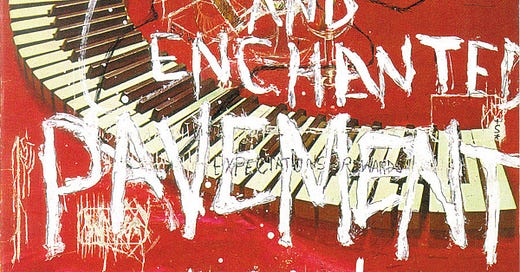
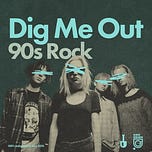


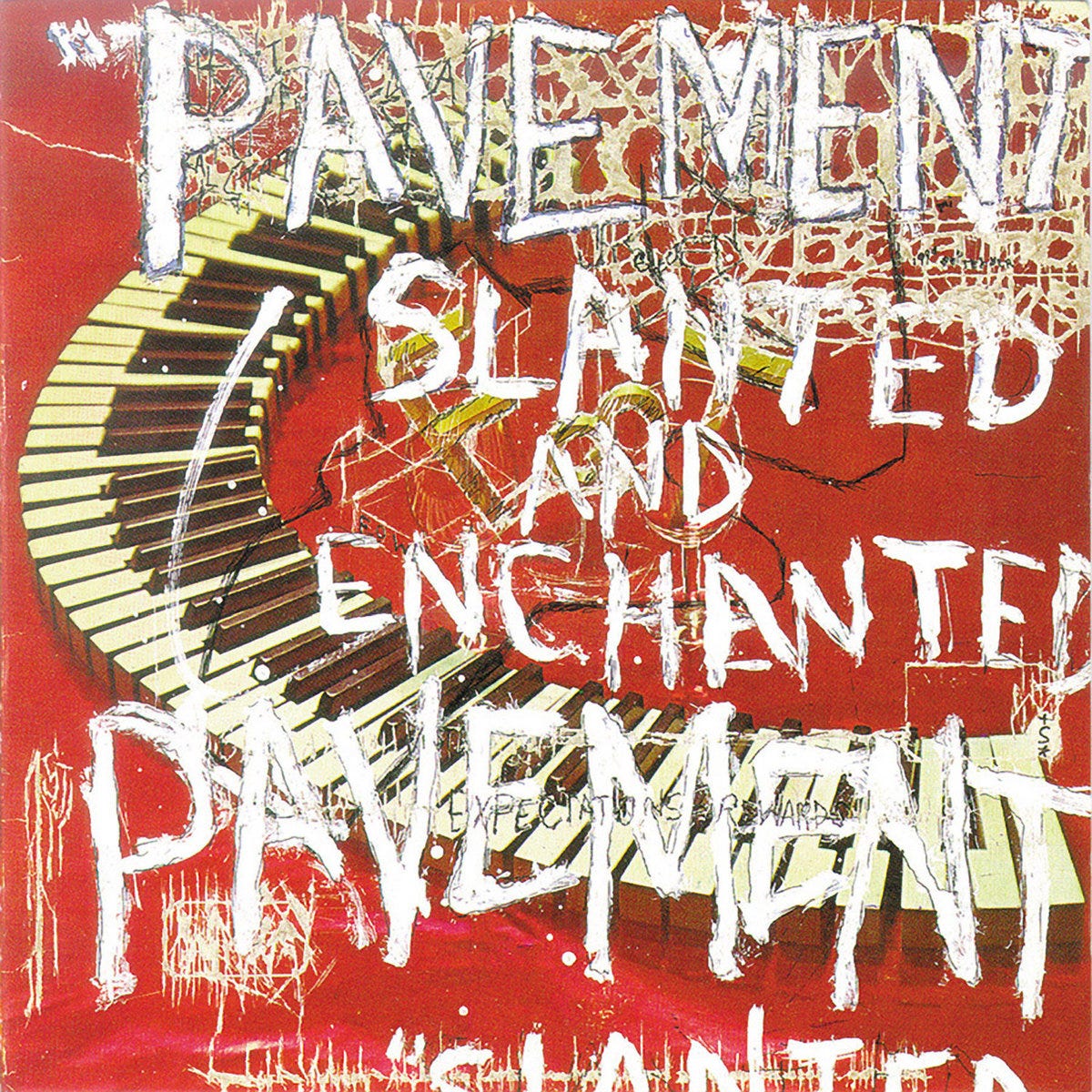

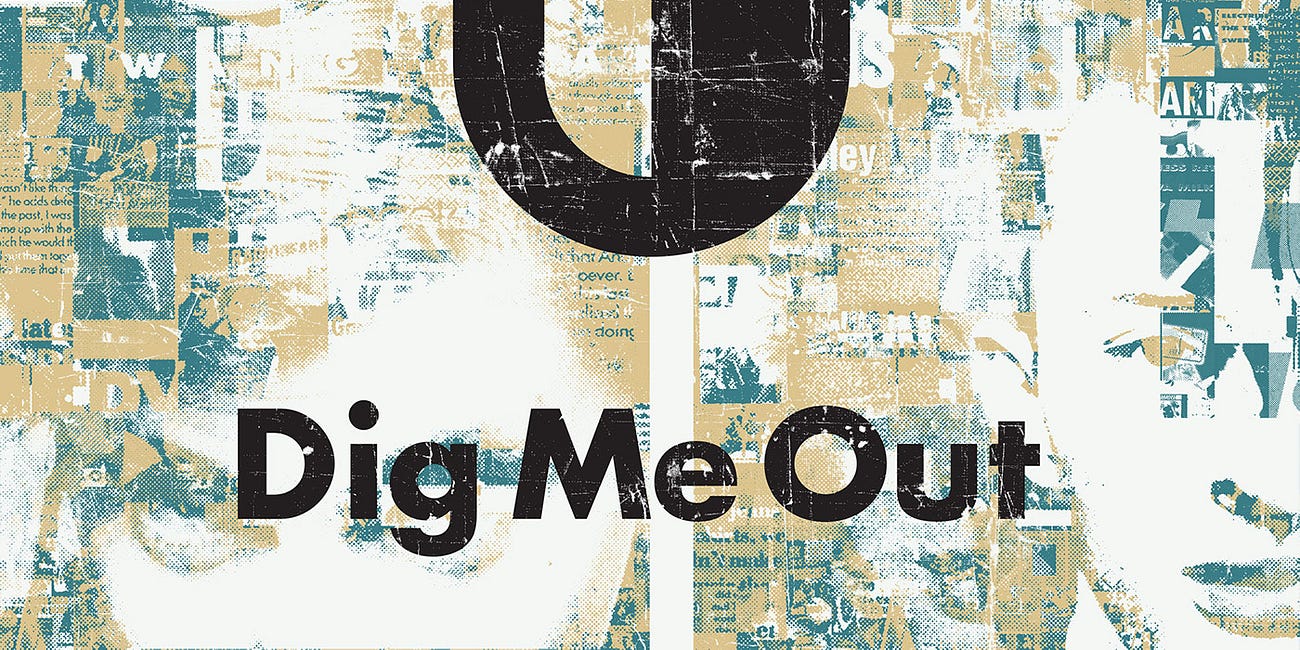


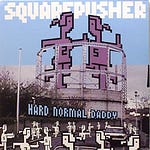
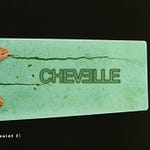
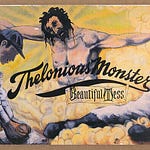
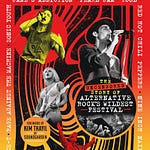

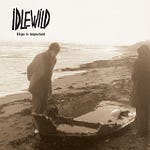
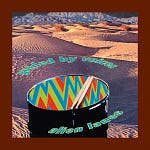
Share this post